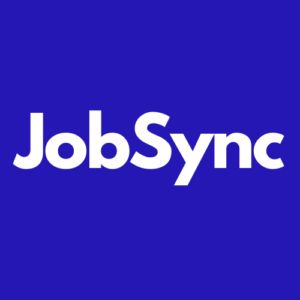
One Good Nurse: Three Ways to Improve Your Healthcare Hiring
Healthcare hiring differs from other types of hiring because healthcare workers are responsible for saving lives, and the services they provide are rarely chosen by customers, but rather forced upon them when they become ill, injured, or have a chronic condition. As a result, the cost of job vacancies in healthcare organizations has both a human and economic impact.
Likewise, healthcare organizations can’t predict the kinds of care their patients are going to need at every given moment and therefore must staff to manage what may walk through their doors. If there aren’t enough nurses or other healthcare professionals to provide patient care, hospitals and clinics may have to lower their patient count (close their doors to certain patients), which can result in unfilled beds. Alternatively, they may continue to admit patients, which can overwork existing staff and lead to burnout and low employee morale.
All of which results in either lower revenues for hospitals or lower standards of care for the patient – and in many cases, both.
If you’re a healthcare leader struggling with this challenge (and what healthcare organization isn’t?), there are steps you can take to ensure your organization has a competitive advantage. While there is no easy fix for healthcare hiring, there are actionable strategies that can be implemented. Here are three things you can do right now to attract candidates and improve your recruitment pipeline, written by a burnt-out nurse.
How to improve your pipeline for hiring nurses
1. Think outside the box to attract the best talent
Historically, hospitals and healthcare organizations have been inflexible in their scheduling, staffing assignments, and benefits. However, hospitals that provide flexibility in these areas can gain an advantage over their competition. Traditional practices such as minimal paid time off, weekend and night shift rotations, and delayed healthcare benefits are no longer enough to attract top talent. To win the war for nursing talent, healthcare organizations must treat their employees better than they treat travel agency nurses who are brought in to cover staffing shortages.
2. Offer advancement opportunities
One strategy to retain healthcare professionals is to offer advancement opportunities. Often, job offers made to staff nurses and other healthcare professionals lack clear goals and opportunities for career advancement, salary increases, and decision-making roles. The day-to-day work in healthcare can be taxing, leading to high turnover rates. Developing programs that provide employees with opportunities to advance in their careers, obtain higher degrees, earn certifications in specialties, and receive higher pay can help inspire loyalty and retention.
Organizations should recognize that investing in their employees’ growth and well-being can lead to retention and success. When employees perceive a lack of growth opportunities within their organization, they may seek employment elsewhere. In some cases, the deciding factor may simply be a slightly higher wage at a different organization that offers the same job. Therefore, providing advancement opportunities can increase employee satisfaction and reduce turnover rates.
3. Make it easy for healthcare workers to find you
As someone who has applied to numerous nursing jobs over the years and now reviews career sites regularly, I am consistently surprised by how difficult it is for candidates to find job openings on some employer websites. Employers should prioritize their careers button and stop burying the lede. After all, employees are what keep a company afloat – it’s crucial to make sure they can easily find job openings.
To gain an advantage over competitors, it’s essential to meet job candidates where they are. If your recruitment strategy doesn’t include a job board or job site advertising plan that enables candidates to easily find and apply to your job openings, you’re already falling behind. Healthcare organizations, in particular, often face this challenge due to a misalignment between their internal processes and technology and the use of job boards or job site features like Indeed or ZipRecruiter’s Easy, Direct, and/or Quick Apply options.
JobSync has developed a solution to address this issue by providing clients with a two-way integration between their ATS and the job board or job site’s native application, enabling clients to offer their complete application process on the job board or job site by enhancing the Easy Apply feature. This allows employers to take advantage of the job board or job site’s algorithm, resulting in better search results and a significant increase in application volume.
If you are still redirecting nursing candidates to your career site where they must create an account before completing an application, your results will likely be poor, as approximately 96 out of every 100 candidates will abandon the process after being redirected to the career site.
If you are interested in learning more about how JobSync can help healthcare companies increase their pipelines, comply with regulations, and reduce hiring costs, we would be delighted to connect with you.


